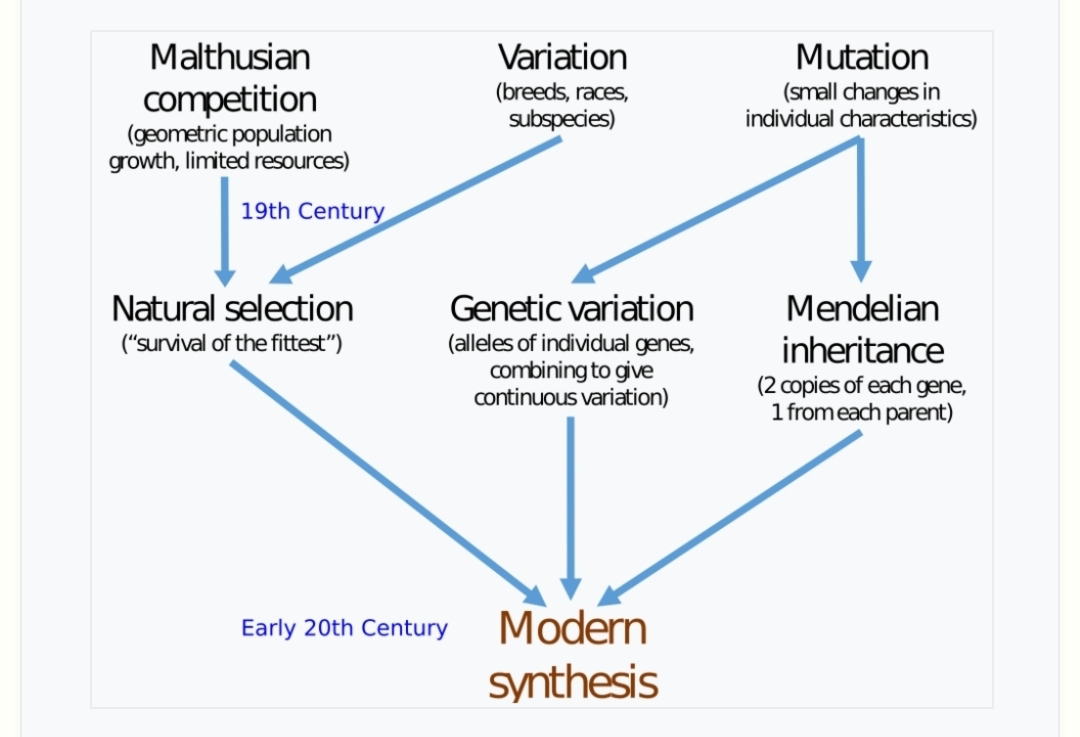Kuhn's Lens on Evolution's Horizon: Epigenetics, the EES, and the Challenge to Neo-Darwinism
Thomas Kuhn's seminal work, The Structure of Scientific Revolutions, posits that science progresses not just through gradual accumulation of knowledge, but through periodic paradigm shifts – fundamental changes in the conceptual frameworks, accepted theories, and methodologies that define a field. Applying Kuhn's lens to contemporary evolutionary biology offers a powerful framework for understanding the ongoing debates surrounding the Extended Evolutionary Synthesis (EES) and its relationship to the long-dominant paradigm of Neo-Darwinism (often termed the Modern Synthesis, MS). Central to this discussion is the burgeoning field of epigenetics, which presents phenomena that act as Kuhnian 'anomalies' for the traditional view, thereby fueling the push towards a potentially new, extended paradigm.
For much of the 20th century, Neo-Darwinism served as the bedrock paradigm of evolutionary biology. It elegantly synthesized Darwin's theory of natural selection with Mendelian genetics, establishing a framework centered on genes as the primary units of inheritance and variation. In this view, evolution primarily occurs through the gradual accumulation of random genetic mutations, sorted by natural selection acting on the resulting phenotypic variation within populations.
Development was largely seen as a 'black box', programmed by genes, and inheritance was strictly understood as the transmission of DNA sequences across generations. This paradigm was somewhat successful, providing explanations for a biological phenomena and guiding decades of research – representing Kuhn's concept of 'normal science'.
However, as biological research advanced, particularly in fields like developmental biology (evo-devo), ecology, and molecular biology, observations began to emerge that didn't fit within the standard Neo-Darwinian framework. These 'anomalies', in Kuhnian terms, included phenomena like rapid adaptation, significant phenotypic plasticity (the ability of one genotype to produce multiple phenotypes in response to environmental cues), developmental bias (where developmental processes constrain or channel evolutionary pathways), and niche construction (where organisms actively modify their environments, thereby altering selection pressures). Furthermore, evidence mounted for mechanisms of inheritance beyond the DNA sequence itself.
This accumulation of anomalies spurred the development of the Extended Evolutionary Synthesis. The EES challenges Neo-Darwinism, to significantly broaden its conceptual scope. It argues that processes beyond random mutation and natural selection play crucial, constructive roles in evolution. The EES emphasizes the importance of developmental processes in generating variation, the active role of the organism in shaping its own evolution through plasticity and niche construction, and the significance of 'inclusive inheritance' – the transmission of factors beyond genes, including epigenetic, ecological, cultural, and behavioral legacies.
Epigenetics stands as a cornerstone ‘anomaly’ driving the EES and challenging Neo-Darwinian assumptions. Epigenetics involves modifications to DNA or its associated proteins (like histones) that alter gene expression without changing the underlying DNA sequence.
These modifications (e.g., DNA methylation, histone acetylation) can switch genes on or off, influencing the organism's phenotype.
Crucially, some epigenetic marks can be influenced by environmental factors (diet, stress, toxins) and, significantly, some have been shown to be heritable across generations, sometimes for several generations.
The involvement of epigenetics challenges Neo-Darwinism in several fundamental ways:
Mechanism of Inheritance: Neo-Darwinism posits DNA sequence as the sole vehicle of biological inheritance.
Epigenetics introduces a parallel system of heritable information without mutations encoded in chromatin marks and other regulatory molecules. This suggests that inheritance is more complex and multi-layered than previously assumed.
Source and Nature of Variation: The Modern Synthesis emphasizes random genetic mutation as the ultimate source of novel variation upon which selection acts.
Epigenetic modifications, however, can be environmentally induced and potentially targeted or biased, providing a mechanism for relatively rapid, directed (or at least non-random) phenotypic responses to environmental challenges.
Relationship between Development and Evolution: Neo-Darwinism often treated development as a passive outcome of genetic instructions. Epigenetics highlights the dynamic interplay between genes, environment, and development. Environmental cues can directly alter the epigenome, influencing developmental trajectories and producing phenotypes that are then subject to selection. This reintegrates development as an active player in generating potentially heritable variation.
Tempo and Mode of Adaptation: Reliance solely on random mutation and selection often implies gradual adaptation. Environmentally induced, heritable epigenetic changes can facilitate rapid adaptation to changing conditions, providing a faster track for populations to respond compared to waiting for the right random mutations to arise and spread.
From a Kuhnian perspective, the EES, is propelled significantly by findings in epigenetics, represents a field potentially undergoing a transition. This constitutes a full-blown 'scientific revolution' leading to a new, incommensurable paradigm. Proponents of the EES argue that incorporating these additional mechanisms fundamentally changes our understanding of evolutionary causation, emphasizing reciprocal interactions between organism and environment, and elevating the role of development and non-genetic inheritance. Proponents of these mechanisms also conclude they can not be accommodated within the framework of the Modern Synthesis.
In conclusion, Thomas Kuhn's framework provides invaluable insight into the current state of evolutionary theory. The rise of epigenetics, alongside other challenging phenomena, acts as a collection of powerful anomalies straining the explanatory boundaries of traditional Neo-Darwinism. These anomalies are central to the arguments for the Extended Evolutionary Synthesis, which proposes a broader, more multi-causal view of evolution. Epigenetics specifically challenges core tenets regarding inheritance, the source of variation, and the relationship between development and evolution. While the ultimate classification of the EES in Kuhnian terms remains open, its emergence, fueled by discoveries like heritable epigenetic modifications, undeniably signals a period of profound conceptual reassessment, pushing towards a richer and more comprehensive understanding of life's history and processes.













Comments
Post a Comment